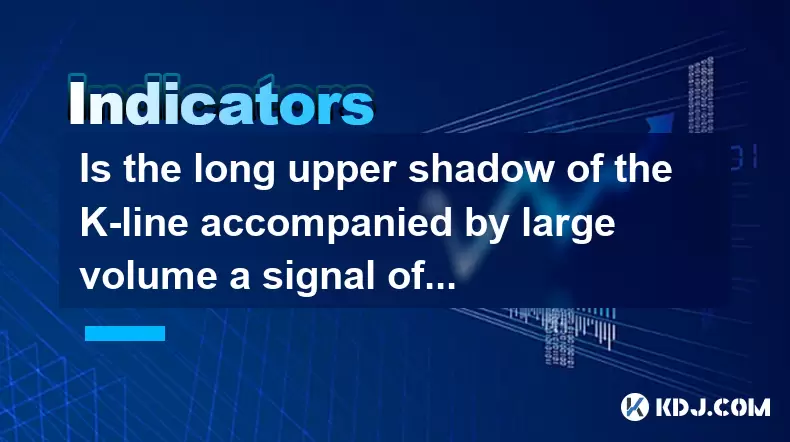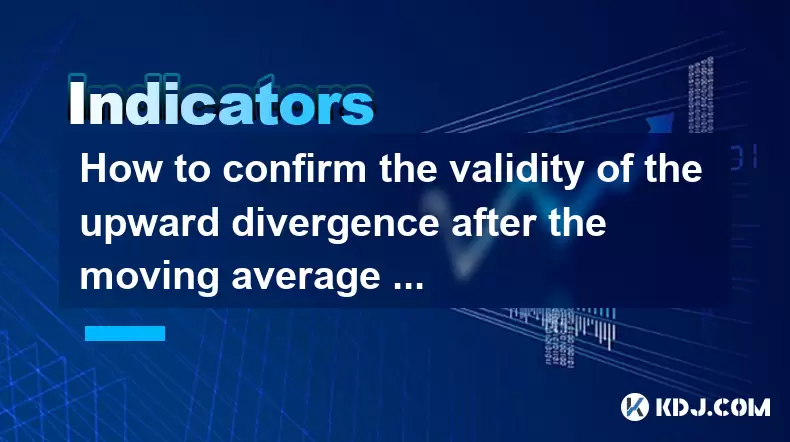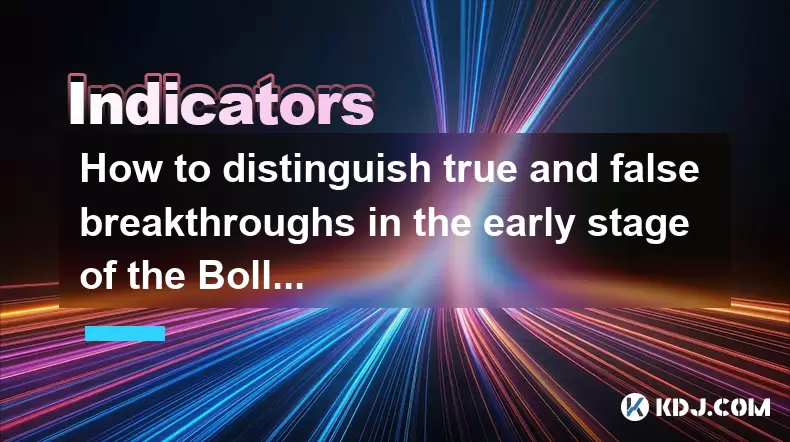-
 Bitcoin
Bitcoin $106,754.6083
1.33% -
 Ethereum
Ethereum $2,625.8249
3.80% -
 Tether USDt
Tether USDt $1.0001
-0.03% -
 XRP
XRP $2.1891
1.67% -
 BNB
BNB $654.5220
0.66% -
 Solana
Solana $156.9428
7.28% -
 USDC
USDC $0.9998
0.00% -
 Dogecoin
Dogecoin $0.1780
1.14% -
 TRON
TRON $0.2706
-0.16% -
 Cardano
Cardano $0.6470
2.77% -
 Hyperliquid
Hyperliquid $44.6467
10.24% -
 Sui
Sui $3.1128
3.86% -
 Bitcoin Cash
Bitcoin Cash $455.7646
3.00% -
 Chainlink
Chainlink $13.6858
4.08% -
 UNUS SED LEO
UNUS SED LEO $9.2682
0.21% -
 Avalanche
Avalanche $19.7433
3.79% -
 Stellar
Stellar $0.2616
1.64% -
 Toncoin
Toncoin $3.0222
2.19% -
 Shiba Inu
Shiba Inu $0.0...01220
1.49% -
 Hedera
Hedera $0.1580
2.75% -
 Litecoin
Litecoin $87.4964
2.29% -
 Polkadot
Polkadot $3.8958
3.05% -
 Ethena USDe
Ethena USDe $1.0000
-0.04% -
 Monero
Monero $317.2263
0.26% -
 Bitget Token
Bitget Token $4.5985
1.68% -
 Dai
Dai $0.9999
0.00% -
 Pepe
Pepe $0.0...01140
2.44% -
 Uniswap
Uniswap $7.6065
5.29% -
 Pi
Pi $0.6042
-2.00% -
 Aave
Aave $289.6343
6.02%
Is the long upper shadow of the K-line accompanied by large volume a signal of peaking?
A long upper shadow K-line with high volume often signals strong selling pressure and potential trend reversal, especially when confirmed by follow-through candles and key resistance levels.
Jun 21, 2025 at 12:28 am

Understanding the Long Upper Shadow K-Line
The long upper shadow of a K-line is a common candlestick pattern that often appears during price action analysis. It consists of a small real body with a long upper wick, indicating that the price rose significantly during the period but was ultimately rejected and closed lower than its high. This pattern can signal either a potential reversal or a temporary pause in an uptrend.
When analyzing this pattern, it's essential to consider the context in which it forms. A long upper shadow suggests that sellers were able to push the price back down after a rally. In many cases, this indicates weakening buying pressure and growing selling interest.
Significance of Volume in Conjunction with the Long Upper Shadow
Volume plays a critical role in validating any candlestick pattern. When a long upper shadow appears alongside large trading volume, it becomes more significant. High volume shows increased participation from traders and investors, especially on the downside as prices are pushed back after reaching new highs.
This combination—a long upper shadow and large volume—can be interpreted as a strong rejection of higher prices. The large volume during the formation of this candlestick may indicate panic selling, profit-taking, or institutional distribution. These factors make the pattern more reliable as a potential top or resistance zone.
Is This Pattern Always a Signal of Peaking?
While the presence of a long upper shadow with high volume can suggest that a peak is forming, it is not always conclusive. There are scenarios where this pattern occurs in the middle of a healthy trend, acting more like a consolidation phase rather than a reversal.
For example, if the market is experiencing strong bullish momentum, a single long upper shadow with high volume might just represent a brief pullback before the trend resumes. Therefore, it’s crucial to evaluate the broader market structure, including moving averages, support/resistance levels, and other technical indicators before concluding that a peak has formed.
How to Analyze This Pattern in Real Trading Situations
To effectively interpret the long upper shadow with high volume, traders should follow these steps:
- Identify the Trend Context: Determine whether the pattern is appearing at a key resistance level or in the middle of a range.
- Assess Volume Relative to Average: Compare the volume of the candlestick with the average volume over the previous 10–20 periods.
- Look for Confirmation Candles: Wait for the next candle(s) to confirm the bearish bias. For instance, a bearish engulfing pattern or a strong red candle following the long upper shadow can serve as confirmation.
- Check for Overbought Conditions: Use oscillators like RSI or MACD to see if the asset was overbought before the pattern appeared.
- Monitor Key Support Levels: If the price breaks below a major support level after this pattern, it could validate a reversal.
These analytical steps help traders avoid false signals and improve the accuracy of their decisions.
Differentiating Between Reversal and Consolidation Patterns
One of the most challenging aspects of technical analysis is distinguishing between a reversal signal and a consolidation pattern. The long upper shadow can appear in both scenarios, making interpretation tricky.
In a reversal scenario, you'll typically observe:
- A prior extended uptrend
- Multiple rejections at resistance
- Strong bearish follow-through after the candle
In contrast, during consolidation:
- The price remains within a defined range
- Follow-through may be neutral or mixed
- Volume may taper off after the initial spike
Traders must also pay attention to how the market reacts after the candle closes. If subsequent candles fail to break above the high of the long upper shadow, it reinforces the idea that resistance is holding and a reversal may be underway.
Common Misinterpretations and How to Avoid Them
Many novice traders misinterpret a single long upper shadow candle as a sell signal without considering the surrounding context. This can lead to premature exits or incorrect entries. To avoid such mistakes:
- Don’t rely solely on one candlestick pattern
- Combine candlestick analysis with other tools like Fibonacci retracements or trendlines
- Avoid shorting immediately after the candle forms without confirmation
- Be cautious in volatile markets where spikes and fakeouts are common
By applying multiple layers of analysis, traders can reduce the risk of being misled by noise or short-term volatility.
Frequently Asked Questions
What does a long upper shadow mean when it appears in a downtrend?
A long upper shadow in a downtrend can sometimes signal a potential bottom or a failed attempt by bulls to reverse the trend. However, it doesn't necessarily guarantee a reversal unless confirmed by subsequent price action or volume patterns.
Can the long upper shadow occur on intraday charts and still be meaningful?
Yes, this pattern can appear on all timeframes, including intraday charts. However, the significance increases on higher timeframes like the 4-hour or daily chart due to stronger market participation and clearer trends.
Should I always wait for confirmation before acting on this pattern?
Yes, waiting for confirmation helps filter out false signals. Confirmation can come in the form of a strong bearish candle, a breakdown below key support, or a negative divergence in momentum indicators.
Does the length of the upper shadow matter?
Yes, longer shadows generally indicate stronger rejection of higher prices. A shadow that is two to three times the length of the real body is typically considered more significant than a slightly extended wick.
Disclaimer:info@kdj.com
The information provided is not trading advice. kdj.com does not assume any responsibility for any investments made based on the information provided in this article. Cryptocurrencies are highly volatile and it is highly recommended that you invest with caution after thorough research!
If you believe that the content used on this website infringes your copyright, please contact us immediately (info@kdj.com) and we will delete it promptly.
- Seed Phrase, Self Custody, and Liability: Are You Really Your Own Bank?
- 2025-06-21 04:25:11
- Bitcoin Demand Dries Up: Capital Exits and Market Indecision
- 2025-06-21 04:25:11
- Ripple, RLUSD, and Alchemy Pay: A New Era of Crypto Accessibility
- 2025-06-21 04:45:12
- Bitcoin, Quantum Computers, and Cryptography: Navigating the Post-Quantum Landscape in NYC
- 2025-06-21 04:45:12
- Coinbase's Luxembourg Leap: MiCA License Secured, Europe Domination in Sight!
- 2025-06-21 05:05:12
- Staked Ether, Corporate Crypto, and Finance Adoption: A New York Minute
- 2025-06-21 02:45:13
Related knowledge

Does the sudden contraction of ATR indicate the end of the trend?
Jun 20,2025 at 11:14pm
Understanding ATR and Its Role in Technical AnalysisThe Average True Range (ATR) is a technical indicator used to measure market volatility. Developed by J. Welles Wilder, ATR calculates the average range of price movement over a specified period, typically 14 periods. It does not indicate direction—only volatility. Traders use ATR to gauge how much an ...

Is the trend continuation when the Williams indicator is oversold but there is no rebound?
Jun 20,2025 at 11:42pm
Understanding the Williams %R IndicatorThe Williams %R indicator, also known as the Williams Percent Range, is a momentum oscillator used in technical analysis to identify overbought and oversold levels in price movements. It typically ranges from 0 to -100, where values above -20 are considered overbought and values below -80 are considered oversold. T...

Is the golden cross of the ROC indicator below the zero axis effective?
Jun 20,2025 at 09:42pm
Understanding the ROC Indicator and Its Role in Cryptocurrency TradingThe Rate of Change (ROC) indicator is a momentum oscillator widely used by traders to assess the speed at which cryptocurrency prices are changing. It measures the percentage difference between the current price and the price from a certain number of periods ago. The ROC helps identif...

How to confirm the validity of the upward divergence after the moving average sticks together?
Jun 21,2025 at 01:36am
Understanding the Basics of Moving Averages and DivergenceIn technical analysis, moving averages are crucial tools used to smooth out price data over a specified time period. When multiple moving averages converge or 'stick together,' it often indicates a consolidation phase in the market. This phenomenon can be a precursor to significant price movement...

Is the long upper shadow of the K-line accompanied by large volume a signal of peaking?
Jun 21,2025 at 12:28am
Understanding the Long Upper Shadow K-LineThe long upper shadow of a K-line is a common candlestick pattern that often appears during price action analysis. It consists of a small real body with a long upper wick, indicating that the price rose significantly during the period but was ultimately rejected and closed lower than its high. This pattern can s...

How to distinguish true and false breakthroughs in the early stage of the Bollinger Band opening?
Jun 20,2025 at 10:35pm
Understanding the Bollinger Band StructureBollinger Bands consist of three lines: a simple moving average (SMA) in the middle, and two outer bands that are standard deviations away from the SMA. These bands expand and contract based on market volatility. When the bands begin to widen, it often signals an increase in price volatility, which traders inter...

Does the sudden contraction of ATR indicate the end of the trend?
Jun 20,2025 at 11:14pm
Understanding ATR and Its Role in Technical AnalysisThe Average True Range (ATR) is a technical indicator used to measure market volatility. Developed by J. Welles Wilder, ATR calculates the average range of price movement over a specified period, typically 14 periods. It does not indicate direction—only volatility. Traders use ATR to gauge how much an ...

Is the trend continuation when the Williams indicator is oversold but there is no rebound?
Jun 20,2025 at 11:42pm
Understanding the Williams %R IndicatorThe Williams %R indicator, also known as the Williams Percent Range, is a momentum oscillator used in technical analysis to identify overbought and oversold levels in price movements. It typically ranges from 0 to -100, where values above -20 are considered overbought and values below -80 are considered oversold. T...

Is the golden cross of the ROC indicator below the zero axis effective?
Jun 20,2025 at 09:42pm
Understanding the ROC Indicator and Its Role in Cryptocurrency TradingThe Rate of Change (ROC) indicator is a momentum oscillator widely used by traders to assess the speed at which cryptocurrency prices are changing. It measures the percentage difference between the current price and the price from a certain number of periods ago. The ROC helps identif...

How to confirm the validity of the upward divergence after the moving average sticks together?
Jun 21,2025 at 01:36am
Understanding the Basics of Moving Averages and DivergenceIn technical analysis, moving averages are crucial tools used to smooth out price data over a specified time period. When multiple moving averages converge or 'stick together,' it often indicates a consolidation phase in the market. This phenomenon can be a precursor to significant price movement...

Is the long upper shadow of the K-line accompanied by large volume a signal of peaking?
Jun 21,2025 at 12:28am
Understanding the Long Upper Shadow K-LineThe long upper shadow of a K-line is a common candlestick pattern that often appears during price action analysis. It consists of a small real body with a long upper wick, indicating that the price rose significantly during the period but was ultimately rejected and closed lower than its high. This pattern can s...

How to distinguish true and false breakthroughs in the early stage of the Bollinger Band opening?
Jun 20,2025 at 10:35pm
Understanding the Bollinger Band StructureBollinger Bands consist of three lines: a simple moving average (SMA) in the middle, and two outer bands that are standard deviations away from the SMA. These bands expand and contract based on market volatility. When the bands begin to widen, it often signals an increase in price volatility, which traders inter...
See all articles

























































































